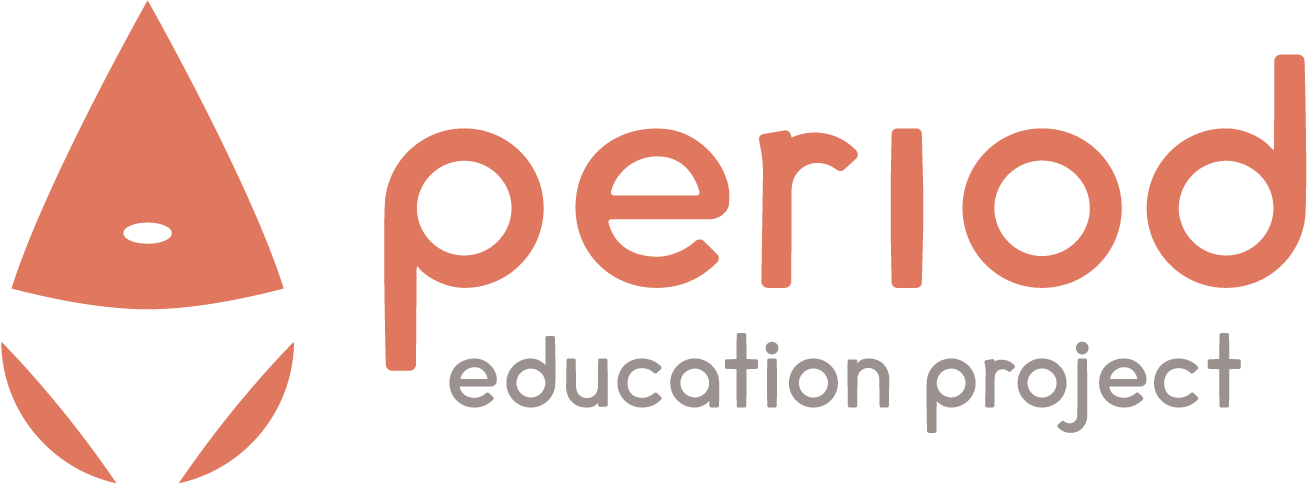Catalina Villafane & Evelyn Heimann, Period Pros from Florida State University College of Medicine
Whether it’s cramping, nausea, low back pain, bloating, or mood changes, most people have some sort of discomfort when they’re menstruating. Heating pads, exercise, sleep, and over-the-counter medications, are well-known remedies, but what about certain foods? Although there are few studies that specifically look at menstrual symptoms and foods, nutrition is known to play an extremely important role in preventing health conditions including diabetes, hypertension, and heart disease. It also plays a role in chronic disease management such as celiac disease, polycystic ovarian syndrome (PCOS), and some mental health conditions. Because what we eat has a big impact on our health and how our body performs, it’s very likely that some foods can ease period symptoms and promote overall well-being before and after menstruation1.
Dark Chocolate: Although there is evidence that DARK chocolate may induce or exacerbate headaches and high blood pressure in some individuals2, dark chocolate in moderation may be beneficial because it contains significant amounts of magnesium (which can reduce cramping3) and tryptophan (which can help with mood). Magnesium helps muscles relax and has been shown to lessen menstrual cramps when used as a supplement. It also supports overall muscle and nerve function, which can help reduce the pain associated with periods. Tryptophan is a substance required for our bodies to produce serotonin – the brain chemical that helps regulate mood and reduce aggression4. So, enjoying a small portion of dark chocolate during your period might provide a dual benefit of easing menstrual symptoms and boosting mood.
Magnesium – there are a lot of other foods that are rich in magnesium. Most of them are high in fiber and come from plants. Nuts and seeds like almonds, pumpkin and chia seeds are loaded with magnesium. Other great sources include leafy green vegetables like spinach and chard, black beans, edamame, avocados, bananas, and quinoa. Adding any of these to your diet might help period discomfort, but they will also provide fiber and lots of other important nutrients.
Omega-3 Fatty Acids: During menstruation, the uterus sheds its inner layer called the endometrium, and part of that process creates inflammation. Inflammation can add to period pain. In fact, naproxen (Aleve®) and ibuprofen (Advil®) are drugs that are often used to directly help reduce the inflammation and muscle contractions from menstruation. So, it would make sense that foods with anti-inflammatory properties, specifically those with Omega-3 fatty acids could be good additions to your diet to help with period symptoms. Some examples of foods rich in omega-3 fats include chia seeds, flax seeds, nuts, avocados, shellfish, and fatty fish, especially salmon. Some of these can be easily added to meals and snacks – like salads or smoothies.
Ginger and Turmeric: Ginger has been found to reduce inflammation, cramping, and nausea both during and outside of menstruation. Although it’s tempting, it is best that you don’t consume ginger through sugary beverages like ginger ale since sugar can cause inflammation, rather than reduce it. Finally, turmeric, a spice often used in Middle Eastern and South Asian foods, is a known anti-inflammatory that can easily be incorporated into meals, or taken as a supplement. If you choose to add ginger and tumeric in your diet, a fun and simple way is through teas or homemade and store-bought shots.
Just as there are foods that may help your menstrual discomfort, there are also foods that may worsen your symptoms and are best to avoid. These include foods with inflammatory properties as well as foods high in salt, sugar, and caffeine, which can worsen bloating and pain1. In general, highly processed foods (those found in bags or boxes on the shelves in food stores) are more inflammatory than whole foods, like fruits, vegetables, and grains.
Caffeine: Excessive caffeine can lead to dehydration, which can worsen bloating, cramping, and breast soreness.For people who consume caffeine daily, it’s important to balance it with plenty of water and consider switching to decaffeinated or half-caf options.
Sugary Treats: As tempting as that sugary donut or candy bar may be, it’s also best to limit sugar intake during your period. Many report increased period pain when eating high sugar foods. This is because foods high in sugar cause blood sugar spikes, crashes, and inflammation, potentially worsening mood swings and cravings.
High-Salt Foods: Too much sodium can lead to water retention and bloating. Foods like processed snacks, canned soups, and chips are often loaded with salt so people who experience severe bloating before or during menstruation, should consider avoiding these foods.
If you have premenstrual or menstrual discomfort or moodiness, it might be worth trying to eliminate processed foods, caffeine, sugary treats and high salt foods, and adding the foods and supplements listed above. Always check with your doctor before taking any new supplements. Remember, it’s all about balance. Prioritize foods that support your well-being, and you’ll likely notice a positive difference in how you feel.
